Everything that happens to a calf from the moment she hits the ground influences her genetic potential and future performance in your herd. Therefore, to get the most out of your heifers and your heifer reproduction program, it is crucial to get calves off to a great start. Here are six key calf-care areas to concentrate on.
1. Colostrum timing & quantity
With each minute that passes after birth, a calf’s ability to absorb antibodies is reduced. Ideally, calves should be fed 4 quarts of colostrum within the first few hours of life. If manageable, a second feeding of 2-3 quarts of colostrum 6 to 12 hours later is also recommended, according to Michigan State University Extension, because by 24 hours the gut is almost completely closed and can no longer absorb antibodies.1
Getting that colostrum in the calf quickly is vital, as it’s the calf’s only chance to receive essential immunity, nutrients, growth factors and hormones that help it not only survive but thrive.
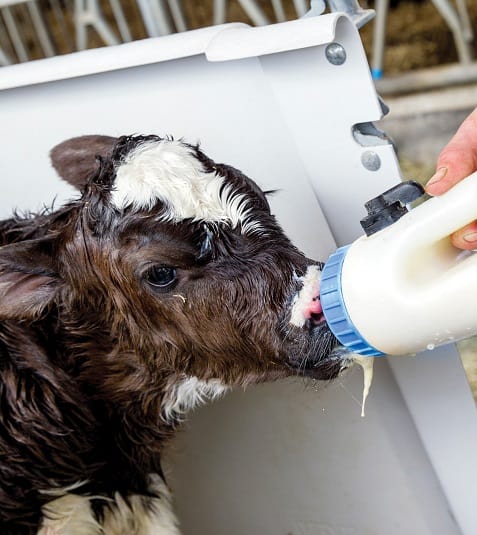
2. Colostrum quality
Today, it is not enough to feed just any colostrum. To ensure colostrum is of good quality, test it using a Brix refractometer. Studies have shown that a Brix value of 23% is a good cutoff point in determining colostrum quality (23% being the minimum).
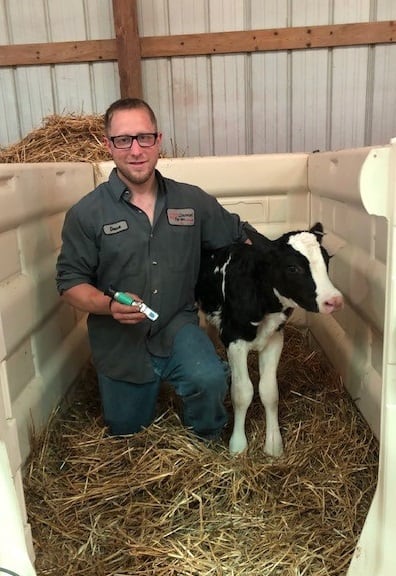
If your colostrum is not up to quality standards, GENEX offers SCCL colostrum products that can supplement your colostrum feeding program to ensure your calves are getting what they need.
A good way to check if your colostrum program is working and that calves are absorbing the IgG from the colostrum is to check blood protein serum levels about 48 hours after the colostrum is fed. The goal is to have total protein levels in the blood above 5.5 g/dl.
Good colostrum feeding practices and feeding more colostrum can lead to improved average daily gain, reduced treatment costs and better feed conversion efficiency.
3. Growth & gain
Once your calves are off and running, high-quality feed and care is of upmost importance. Work closely with your nutritionist to make sure your calves are growing at a good rate.
Be sure to weigh calves or use a weight tape to see how they are growing. A good goal for average daily gain is 1.8-2.2 lbs per day. Calves that grow at a rate in this range produce 746-1524 lbs more milk in the first lactation than heifers that grew at 1.64 lbs per day.2
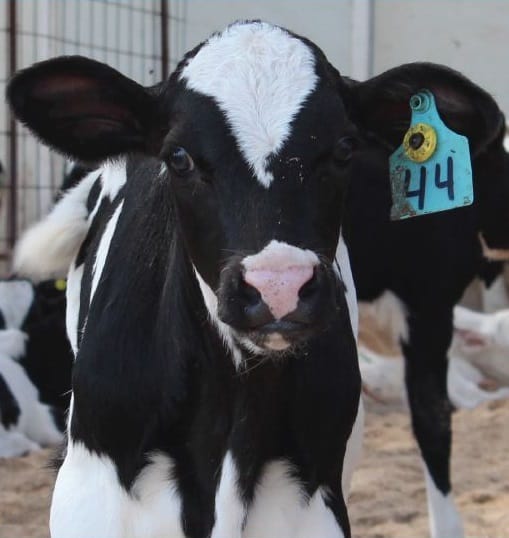
4. Prevention & care
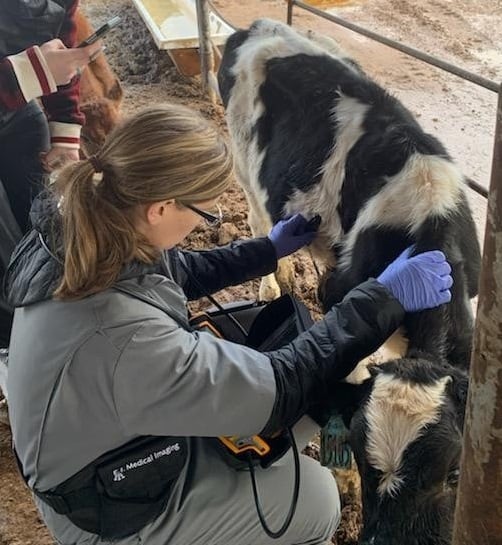
Work together with your vet to ensure calves remain healthy and trouble free. Consider preventive measures. Know the early signs of health issues and be proactive on treatment. A good tool to utilize to catch pneumonia early is thoracic or lung ultrasound. Screen calves on a regular basis and have your vet score lung lesions and get them treated before it is too late. When not caught early pneumonia can cause poor growth rates, higher death loss, increased age at first calving, and reduced lifetime milk production.
5. Genetics & reproduction compliance
When it comes to a successful heifer reproduction program, growing a quality heifer is only part of the equation. You also need a dedicated genetics and reproduction team to make it all come together. Work with your vet, A.I. professionals and consultants to come up with a plan and protocols that fit the goals of your operation.
Attention to detail, heat detection should be done with a keen eye. Know the subtle signs of estrus and what to look for. Consistency, heat detection should be done, the same way, at about the same time every day. Compliance to protocols is also a big factor. When using synchronization programs, make sure the shots are given at the proper times. Make sure semen is being handled properly and deposited in the correct spot at the right time. Make sure to maintain all your A.I. equipment. All A.I. equipment should be kept clean and in good working order.
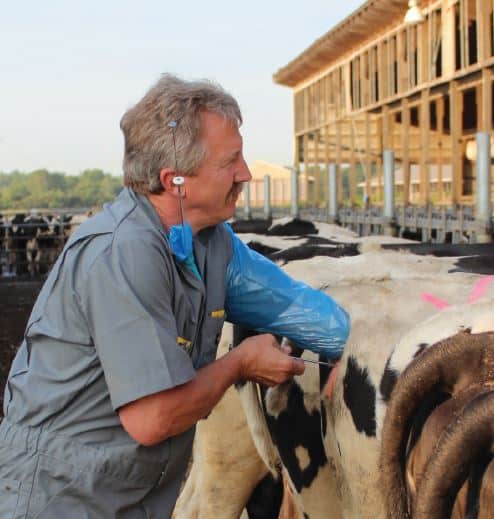
6. A good team
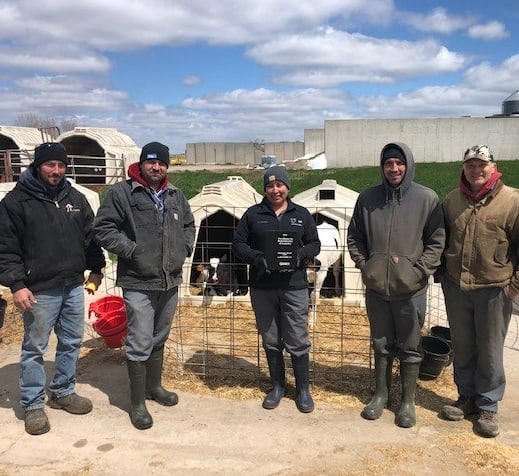
Having a good team that understands your goals is huge for success. If your whole team understands why each step of the program is important in achieving those goals, then there will be more buy-in and everyone will take ownership of the program, because everyone has to do their job and do it well for it all to work!
References
1 Cullens, Faith (2018, October 3). Michigan State University. Retrieved from MSU Extension Dairy: https://www.canr.msu.edu/news/consider-a-second-feeding-of-colostrum-to-dairy-calves.
2 Corbett, D. B. (2020, May 6). Dairy Cattle Reproduction Council Webinars. Retrieved from Dairy Cattle Reproduction Council: http://www.dcrcouncil.org/members/webinar-recordings/.
3 Lee, D. J. (2017, June 23). Dairy Cattle Reproduction Council Webinars. Retrieved from Dairy Cattle Reproduction Council: http://www.dcrcouncil.org/members/webinar-recordings/.


